
acherontia atropos brown larva ACTIAS
Acherontia Atropos FRED. P. JOHNSON Nature 11 , 427 ( 1875) Cite this article 155 Accesses Metrics Abstract CAN any of your readers throw any light on the raison d'être of the dimorphism of the.

Acherontia Atropos stock photo. Image of larva, hawk 87192228
Acherontia atropos lives in the Afro-tropical and Mediterranean region. The adults' body is about 7 cm long and the wingspan exceeds 12 cm. Their flight is strong and in a pre-reproductive phase, in the night, they migrate northwards reaching Scandinavia and Iceland. Occasionally they reach Japan and even Mexico © Roger Wasley

Acherontia atropos larva matura larva. Very good camouflag… Flickr
African Death's-head Hawkmoth (Acherontia atropos) Lesser Death's-head Hawkmoth (Acherontia styx) Greater Death's-head Hawkmoth (Acherontia lachesis) Description and Identification .. The larva will eat leaves of plants with alkaloids in them, which it then absorbs. This gives them a bitter taste, deterring predators.
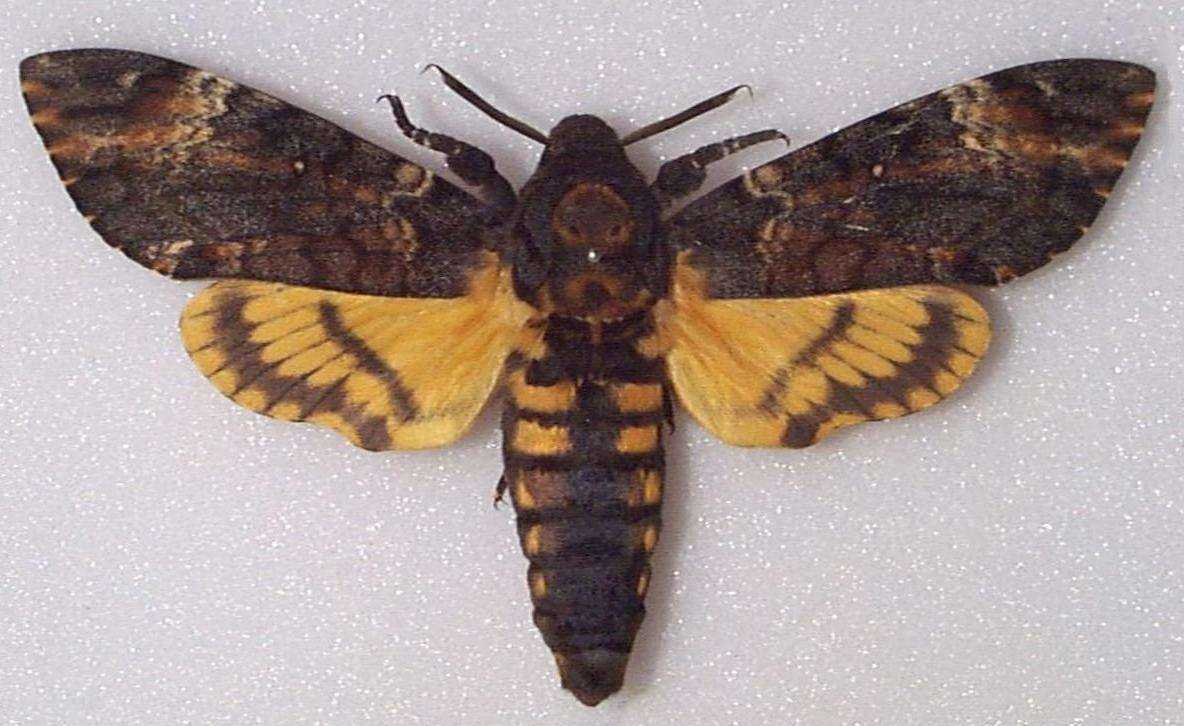
Acherontia
The common name for Acherontia atropos, death's head moth, derives from the fancied facsimile of a human skull on the upper surface of the body. Common in Europe and Africa, these moths have a short proboscis and often feed on honey from beehives. They produce loud chirping or squeaking sounds by forcing air out through the proboscis.
Larva of the death's head hawkmoth , Acherontia atropos, (Sicily
Original file (1,280 × 960 pixels, file size: 309 KB, MIME type: image/jpeg) File information. Structured data. Captions. Captions. English. Add a one-line explanation of what this file represents. Summary[ edit] English: The larva (caterpillar) of the Death'-head Hawk Moth (Acherontia atrpopos)

Acherontia atropos L5 a photo on Flickriver
Death's head hawkmoth (Acherontia atropos ) Acherontia atropos is found throughout Africa and the adult moth is easily identified by the distinct skull design on its thorax (Hepburn and Radloff.
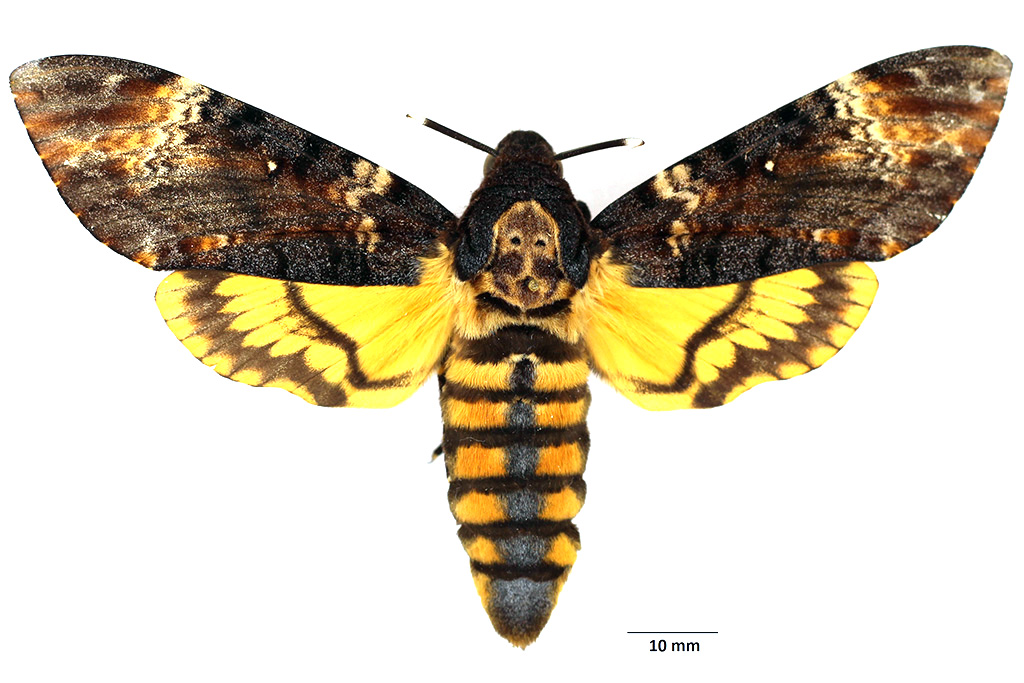
Acherontia atropos Catalogue of the Lepidoptera of Belgium
With a bulky body and wingspan of up to 140mm it's an impressive insect. The startling skull like pattern on the thorax, behind the head, gave rise in folklore to it being known as an omen of death. When disturbed or prior to flight, the open forewings reveal a black banded yellow abdomen and underwings.
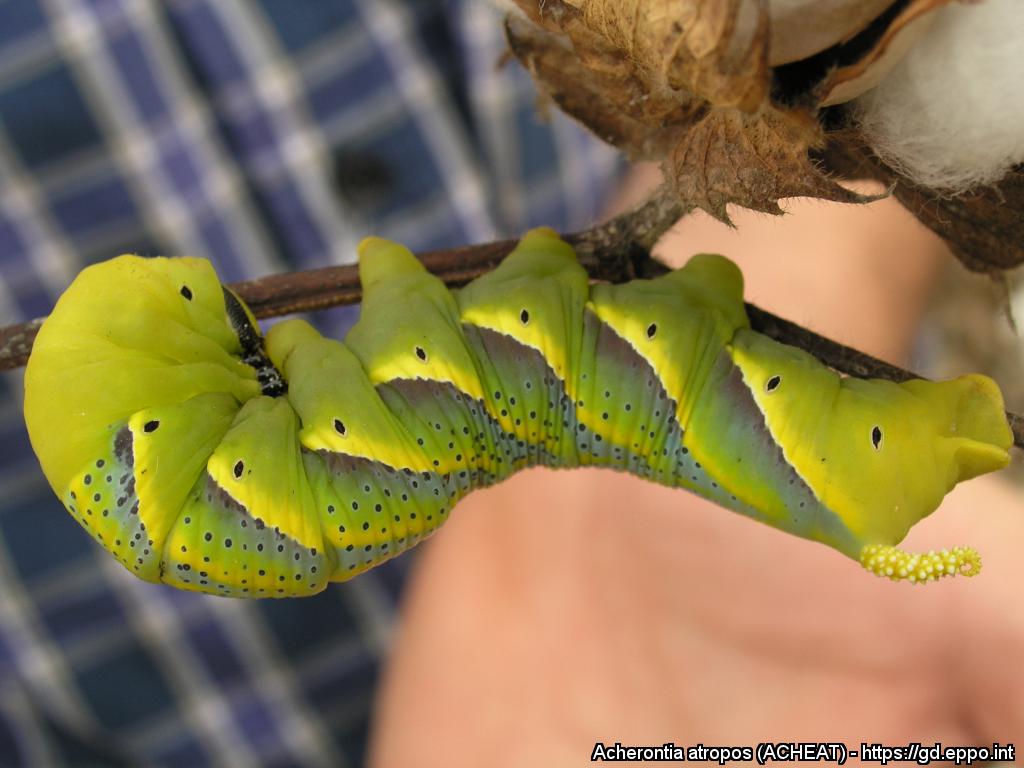
Acherontia atropos (ACHEAT)[Photos] EPPO Global Database
Acherontia atropos ( African death's head hawkmoth) is the most widely known of the three species of death's-head hawkmoth. Acherontia species are notorious for a vaguely skull-shaped pattern on the thorax. More Info Computer Vision Model Included

Acherontia atropos Deaths head hawk moth pupae sexed pair The
The African death's-head hawkmoth ( Acherontia atropos) is a large hawk moth, the largest moth in the British Isles [3] and several other regions it inhabits, with a wingspan of 5 in (13 cm) (or 80-120 mm [4] ); it is a powerful flier, having sometimes been found on ships far from land.

acherontia atropos YouAnimal.it
Acherontia atropos (Death's-head Hawk Moth): Famous for the skull-like marking on its thorax, this species has been featured in literature and movies and is often associated with dark or ominous symbolism.. Larva: The larval stage, or caterpillar, is usually a voracious feeder, consuming large amounts of foliage to sustain rapid growth.
Silkmoths and more The occasional hawkmoth Acherontia atropos
When disturbed, adults of the Death's-head hawkmoth (Lepidoptera, Sphingidae: Acherontia atropos) produce short squeaks by drawing in and deflating air into and out of the pharynx as a defence mechanism. We took a new look at Prell's hypothesis of a two-phase mechanism by providing new insights into the functional morphology behind the pharyngeal sound production of this species. First, we.

Acherontia Atropos stock photo. Image of common, baby 87179898
The Death's-head hawkmoth, Acherontia atropos, is one of the most known moths in history of mankind. It has been portrayed in several movies, paintings and it's even well known to the non specialized broader audience.
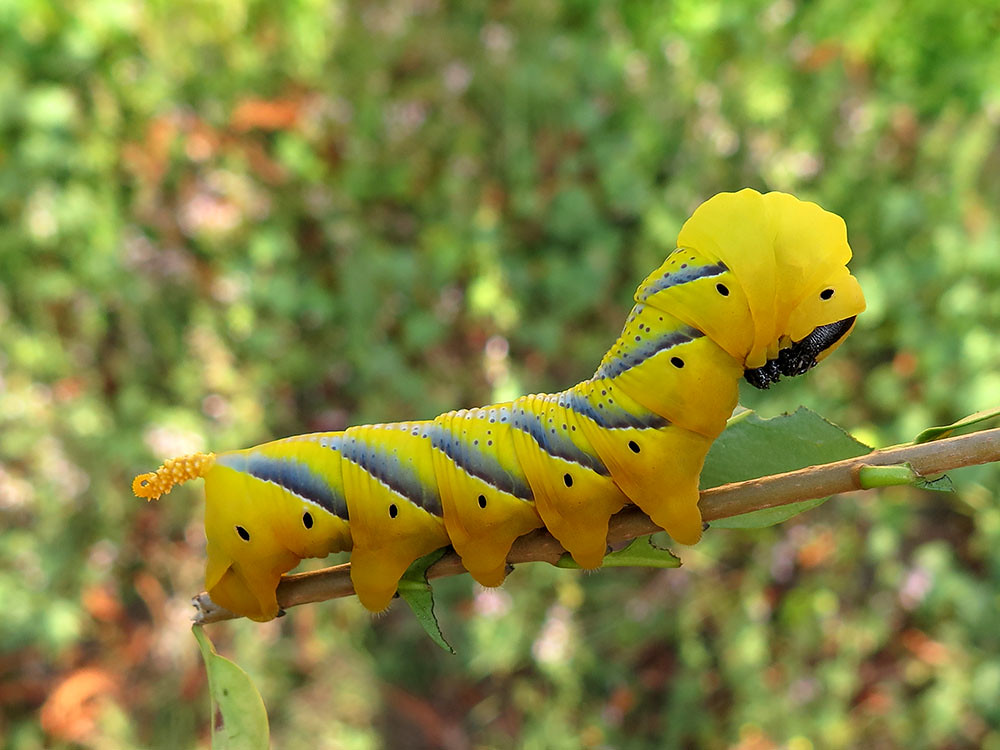
Acherontia atropos (Larva, Stage 5) Jérôme Albre Flickr
Acherontia atropos (Death's head hawkmoth). The larva buries itself in soft soil about 15 cm below the soil surface and makes an earthen cell around itself by pressing back the soil with its head. Over a period of about two weeks it forms the pupal skin and pupates. The pupal stage lasts 2-3 weeks in summer, or if it is at the end of summer.

European Lepidoptera and their ecology Acherontia atropos
69.005 BF1973 Death's-head Hawk-moth Acherontia atropos (Linnaeus, 1758)
Argonauti La Natura di Puglia e Basilicata Acherontia atropos
The death's head hawkmoth, Acherontia atropos (Linnaeus, 1758), has the most dire reputation of all hawkmoths, if not all Lepidoptera. This is due to the sinister-looking skull pattern on the thorax, and the transverse black and yellow bands on the abdomen, which can be viewed as 'ribs'.

Fourth instar larva of Acherontia atropos (pale form) on olive
Three different insects answer to the name death's-head hawkmoth - Acherontia atropos, Acherontia styx and Acherontia lachesis, so let's try to keep them straight. Though all three are of.